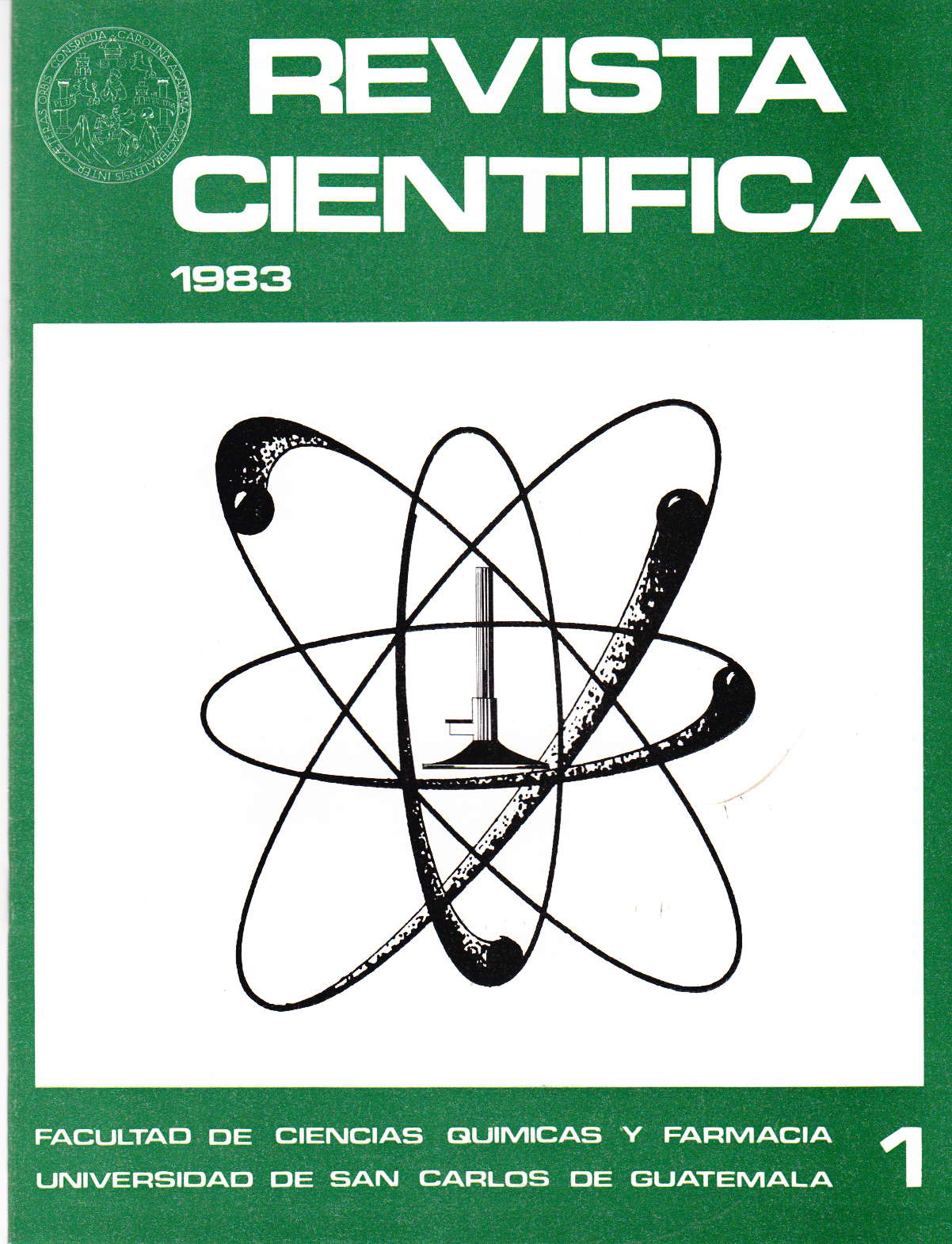Use of a gastrointestinal absorption simulator with artificial membranes in determining the bioavailability of tablets
Comparison and evaluation of in vitro and in vivo results
DOI:
https://doi.org/10.54495/Rev.Cientifica.v1i1.480Keywords:
gastrointestinal absorption simulator, artificial membranes, bioavailability of tablets, comparison, evaluation, in vitro results, in vivo resultsAbstract
This research contains a comparative evaluation of methods and results obtained from in vitro assays using a Gastrointestinal Absorption Simulator (SAGI*) and in vivo assays in humans to determine the bioavailability of a drug. Bioavailability is defined as the speed and ease with which a large amount of a drug administered in a certain pharmaceutical form reaches the site where its action is needed, and the frequency with which this occurs. Diffusion and absorption constants were determined, in addition to establishing plasma concentration curve values for the drug in question. These are, together, of utmost importance for determining some of the factors that modify bioavailability, depending on the method used to determine it. It was successfully concluded that using a SAGI, it is possible to determine the bioavailability of a drug accurately and reproducibly, just as we would in a human organism, presenting minimal variations in terms of gastrointestinal absorption, which are significantly reduced once adjusted to gastric pH, motility and gastrointestinal enzyme activity. The use of SAGI presents an alternative for the quality control of medications consumed by the Guatemalan population, since it is a more cost-effective method than the in vivo assay panel and, at the same time, complements the physical and chemical quality control tests that have been traditionally performed.
Downloads
References
Shah N, et al. Influence of dispersión method on dissolution rate & bioavailability of digoxin from trituration & compressed tablets II. J Pharm Sci 1974; 63(3) :339. https://doi.org/10.1002/jps.2600630305 DOI: https://doi.org/10.1002/jps.2600630305
Needham T, et al. Comparison of availability of ions from sodium salicylate & salicylic acid tablets. J Pharm Sci 1974; 63(3): 348. https://doi.org/10.1002/jps.2600630328 DOI: https://doi.org/10.1002/jps.2600630328
Lippold BC. Solid dosage forms: Mechanism of drug release. New York, U.S.A.: Elsevier North Holland, 1977. 307p.
Flore K, Brewer G. Pharmaceutical analysis: Key to drug quality and control. J Pharm Sci 1981; 21 (8): 34. https://doi.org/10.1016/S0160-3450(16)31404-0 DOI: https://doi.org/10.1016/S0160-3450(16)31404-0
Kent J, et al. Desing & evaluation of an automated system for In Vitro dissolution testing, utilizing a high pressure liquid cromatohraphic multipart switching valve. J Pharm Sci 1977; 66(12): 1665. https://doi.org/10.1002/jps.2600661203 DOI: https://doi.org/10.1002/jps.2600661203
Smolen V, Weigand V. Optimally predictive In Vitro drug dissolution testing for In Vivo bioavailability. J Pharm Sci 1976; 65(12): 1718. https://doi.org/10.1002/jps.2600651207 DOI: https://doi.org/10.1002/jps.2600651207
Levy G, Jusko W. Effect of viscosity on drug absorption. J Pharm Sci 1965; 54(2): 219. https://doi.org/10.1002/jps.2600540212 DOI: https://doi.org/10.1002/jps.2600540212
Singh S, et al. Effect of inert tablet ingredients on drug absorption I. J Pharm Sci 1966; 65(1): 63. DOI: https://doi.org/10.1002/jps.2600550114
Sighvi S, et al. Absorption & bioavailability of captopril in mice & rats after administration by gavage and in the diet. J Pharm Sci 1981 ; 70(8): 885. DOI: https://doi.org/10.1002/jps.2600700813
Remingtons Pharmaceutical Sciences. 16 ed. U.S.A.: Mack, 1980. XIV + 1928p. (p.1557-1560).
The United States Pharmacopeia. 20 ed. U.S.A.: Mack, 1980. Lll + 1453p. (p. 57).
National Formulary. 14 ed. U.S.A.: American Pharmaceutical Association, 1975. LXXIX + 1123p. (p. 892).
Letona A. Uso de un simulador de absorción gastrointestinal Sartorius con membranas artificiales, en la determinación de la biodisponibilidad de tabletas: Comparación y evaluación de resultados In Vitro e In Vivo. Guatemala: Universidad de San Carlos, (tesis de graduación. Facultad de Ciencias Químicas y Farmacia) 1983. 68 p.
Curry MM. Detección de envenenamiento en órganos humanos. U.S.A.: Thomas, 1976.
Ritschel WA. Handbook of basic pharmacokinetics. U.S.A.: Drug Intelligence, 1976. XIV + 370p. (p281-304).
Goodman A, et al. The Pharmacological Basis of Therapeutics. 6 ed. U.S.A.: Mac Millan, 1980. XVI + 1843p. (p. 1675-1686).
Downloads
Published
How to Cite
Issue
Section
License
Copyright (c) 1983 Arturo Letona Martínez, Rafael Letona Romero

This work is licensed under a Creative Commons Attribution 4.0 International License.
Authors who publish with this journal agree to the following terms:
- Authors retain copyright and grant the journal right of first publication with the work simultaneously licensed under a Creative Commons Attribution License 4.0 that allows others to share the work with an acknowledgement of the work's authorship and initial publication in this journal.
- Authors are able to enter into separate, additional contractual arrangements for the non-exclusive distribution of the journal's published version of the work (e.g., post it to an institutional repository or publish it in a book), with an acknowledgement of its initial publication in this journal.
- Authors are permitted and encouraged to post their work online (e.g., in institutional repositories or on their website) prior to and during the submission process, as it can lead to productive exchanges, as well as earlier and greater citation of published work.









